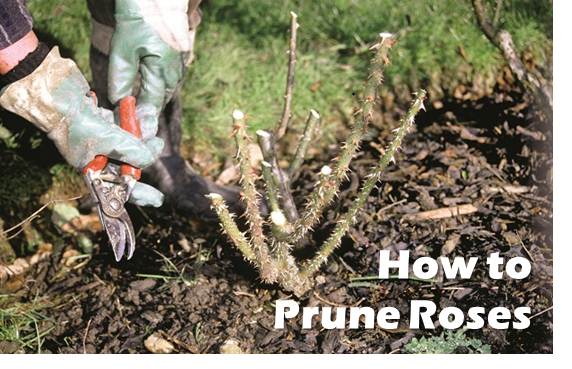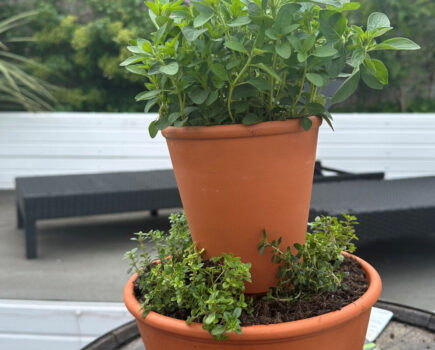Giving the right care, by pruning before growth gets underway in spring, will greatly improve the flowering performance of garden roses.
To ensure you achieve the healthiest and best-shaped roses, which in turn give you the best flowers, you need to prune roses annually – and this can be carried out at any time from November to March.
The aim of pruning is to encourage the rose to produce lots of flower buds on a well-spaced framework of branches. At the same time, you should remove crossing and congested branches, as well as all dead and diseased wood.
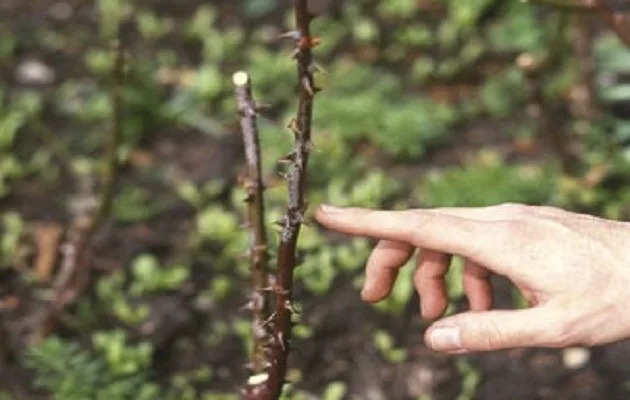
If the soil is waterlogged, avoid pruning unless you are working on boards. Similarly, don’t prune if the weather is icy or frosty, as the pruning cuts can crush the stems.
Always cut to an outward-pointing bud , making a sloping cut about ¼in (6mm) above the bud.
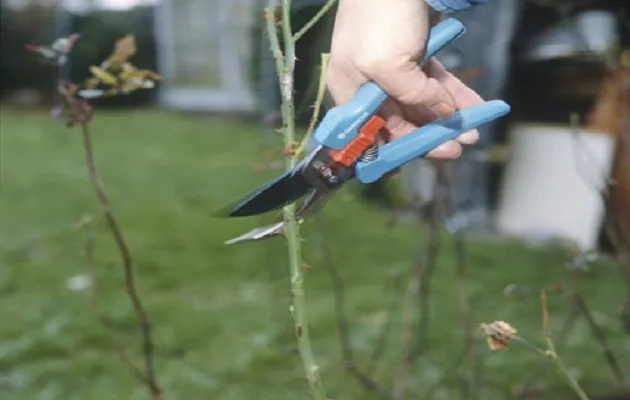
There are many different types of rose in UK gardens, but their pruning requirements can be divided into seven main types, as follows:
1) Bush roses (Hybrid teas, Floribundas and English roses)
After removing dead, diseased or damaged wood, prune hybrid tea stems back to three or four buds above last year’s cut, just above an outward-facing bud.
Floribundas and English roses (the fairly new rose group introduced by breeder David Austin) can be cut back a little less hard to four or six buds above last year’s cut.
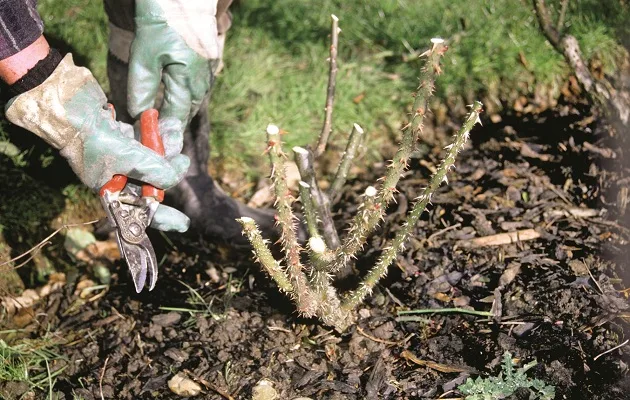
2) Patio and miniature roses
The pruning of these is basically similar to that recommended for bush roses, but tip back the stronger stems to 4-6in (10-15cm) for miniatures, and a little higher for patio roses. Occasionally strong, over-vigorous shoots are thrown up, which spoil the overall look of the plant. Remove these entirely, so that the plant has a balanced framework through the growing season.
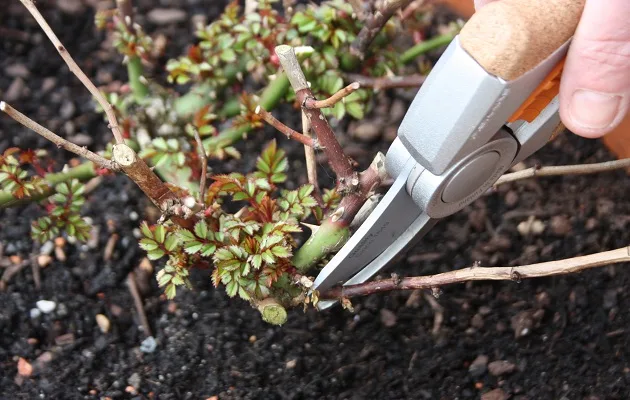
3) Modern shrub roses
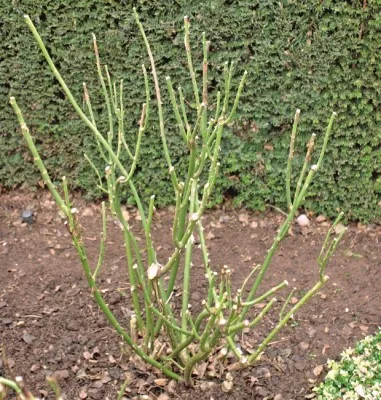
As with bush roses, an open centre (to prevent stems from growing inward and rubbing) is ideal. However, it is arguably more important to build up a branching framework with sideshoots that produce flowering ‘spurs’.
Reduce the main stems by around a third, and the sideshoots by a half to two-thirds. Only thin out one or two older stems if necessary.

